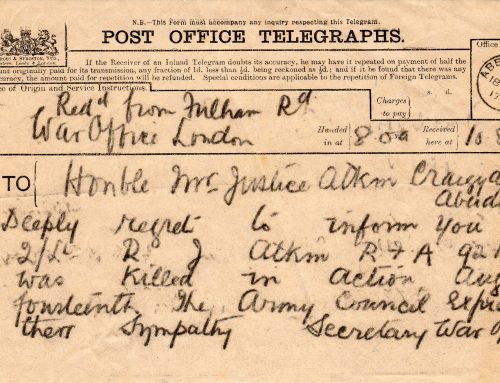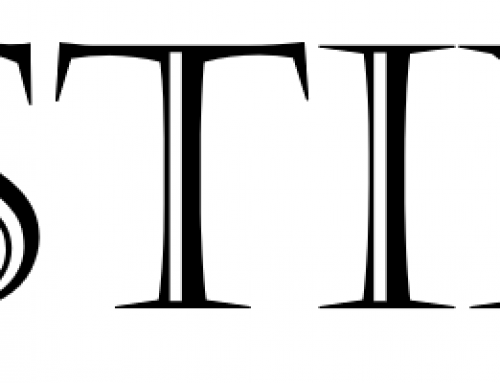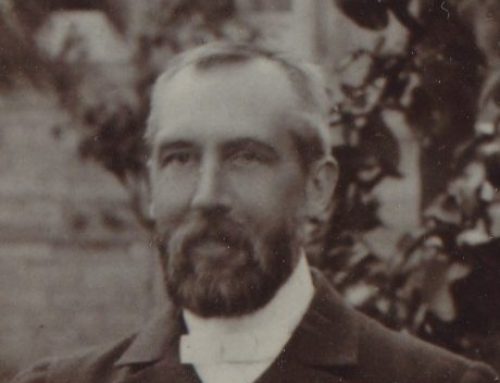Who are we?
We all have 2 parents, 4 grandparents, 8 great-grandparents, and so on. Go back two hundred years, and you’ll find 64 ancestors; another hundred years will give you 512. Go back to the year 1000AD, and you have about a million ancestors – about half of the population of Britain (much less than in Roman times). So almost certainly there are huge overlaps between our ancestors’ families.
Anyway, a large number of ancestors! Some of them will have led more interesting (or infamous) lives than others, and their stories will be handed down, and their family trees will be well recorded by their proud descendants. Women, in general, get a worse following. It was a man’s world for a long time, and still is weighted that way.
The story of this family is typical of Britain and its later empire. A mixtures of English, Irish, Scottish, Welsh. Leaving the British Isles, and a lot of military lives. Some returning; some making new lives and integrating with new communities, predominantly in the New World: Canada, USA, South America and also Australia and New Zealand.
Who stands out?
It’s a dull family tree that just lists names and places. As I go along, I’ll try to paint a picture of the characters that make up our ancestors. Much information is still sitting in piles of paper. Colonel John Patrick O’Kelly, Jacobite supporter, was killed at Falkirk, with the persecution of his family in Ireland after Culloden. Hugh Plunkett Bourchier, career soldier who ended up as Major of Kingston, Ontario during times of dispute with the United States. His family stayed in Canada and then moved down to Chile. There’s Jeronimo de Aliaga, Franciso Pizarro’s right hand man during the conquest of Peru, and who’s family home is the oldest inhabited house in the Americas, in Lima, Peru.
Be Humble
Just remember, you only take 1/8th of your genes from each of your great-grandparents. Be humble. You can’t really lay claim to many of the genes of those interesting people out there. They may be your ancestors, but you are really formed by parents and grand-parents much closer to now.
Close to home is redoubtable Victorian Welshwoman Mary Ruck, who emigrated to Australia with her husband, Robert Travers Atkin, and brought the family home when he died young (just 30), yet he earns a mention in the Australian Dictionary of Biography. Mother of James Atkin. Read her journal: Every Day Life on a Ceylon Cocoa Estate written when she travelled over to visit her son in about 1899.
Closer in time is Eileen O’Kelly, my grandmother, from Catholic Irish stock. She emigrated to Buenos Aires from Chipping Norton after WWI, took over a girls school in BA and married Charles Young, Northern Irish Protestant Orangeman and Freemason.
We all have our favourites. The real heroes are the ones we grew up with. So I’ll be voting for my grandfather, William Robert Atkin. He could have had a comfortable, privileged life in England, but went out to make his own way. His autobiography is a great story, and a fascinating travel memoir.
So wait for the stories to get published!





